Borderline Personality Disorder (BPD) is a complex mental health condition marked by emotional instability, intense interpersonal relationships, and a distorted self-image. Individuals with high-functioning BPD can often maintain a seemingly normal life, excelling in their jobs and appearing socially competent. Despite this outward success, they may struggle internally with the symptoms of BPD, managing to keep their tumultuous emotions and challenges hidden from colleagues, friends, and sometimes even family.
Living with high-functioning BPD can be an onerous journey, but with the right strategies, it is possible to manage symptoms and lead a fulfilling life. It’s important to understand the nuances of this condition, as it often goes undetected due to the individual’s ability to cope in certain aspects of daily living. While the external achievements are visible, the internal battle can be persistent and requires a compassionate approach to self-care and professional support.
Key Takeaways
- High-functioning BPD is characterized by an individual’s ability to perform well in certain areas of life while struggling with emotional and relational turmoil internally.
- Recognizing the complex layers of high-functioning BPD aids in understanding and managing this mental health condition.
- Proactive treatment and compassionate self-management strategies are key to living successfully with high-functioning BPD.
 Understanding BPD
Understanding BPD
To grasp the complexities of high-functioning BPD, it’s essential to recognize its characteristics and dispel commonly associated myths.
Defining High-Functioning BPD
High-functioning borderline personality disorder (BPD) is a variant of BPD where you’re able to maintain a relatively stable facade in areas like work and social interactions despite internal turmoil. It’s not a clinical diagnosis but rather a descriptive term indicating that you might not exhibit disruptive behaviors externally despite the internal emotional struggle.
Key Takeaway: Though outwardly capable, high-functioning BPD involves an internal emotional struggle that can be just as challenging as other forms of BPD.
Symptoms and Signs
Recognizing high-functioning BPD involves being aware of the symptoms which often mirror those of BPD, including:
- Intense emotional mood swings that can change rapidly and without much warning.
- An intense fear of abandonment often leads to frantic efforts to avoid real or imagined separation.
- Patterns of unstable and intense relationships swing between idealization and devaluation extremes.
- Persistent feelings of emptiness.
Anger, which might be more challenging to spot in those with high-functioning BPD, can be subtly expressed through seemingly rational irritation or passive-aggressive behavior rather than overt outbursts.
Key Takeaway: The symptoms of high-functioning BPD are internalized, and recognition requires attentiveness to subtle internal emotional patterns.
Common Misconceptions
There are several misconceptions surrounding high-functioning BPD that can lead to misunderstanding:
- Myth: If you’re high-functioning, you don’t need help.
- Fact: All forms of BPD are severe, and high-functioning individuals often need as much support as others.
- Myth: High-functioning BPD isn’t as severe as other forms.
- Fact: The severity of the disorder isn’t diminished by one’s ability to function; the internal experience can be equally painful and challenging.
Key Takeaway: Don’t let misconceptions about high-functioning BPD invalidate your experiences; the struggle is real and valid.
Causes and Risk Factors
Before delving into the specifics of what might contribute to high-functioning Borderline Personality Disorder (BPD), it’s essential for you to recognize that both genetic predispositions and environmental factors play significant roles.
Genetics and Environment
Your genetic makeup can influence your susceptibility to BPD. Studies suggest a hereditary component, with the disorder being more common among first-degree relatives.
- Genetic Factors: Certain genes associated with emotion regulation and stress response may be linked to BPD.
- Environmental Influences: Even if you have a genetic predisposition, environmental factors often trigger the development of BPD symptoms.
Stressful life events and family dynamics are also crucial in shaping your personality and coping mechanisms.
- For example, experiencing a high family conflict might increase your risk.
Key Takeaway: The interplay between your genes and the environment you grew up in potentially contributes to the development of BPD.
Trauma and Neglect
Experiences of trauma, especially during early childhood, often correlate with BPD in adulthood.
- Trauma: This includes physical, sexual, or emotional abuse. Such experiences can disrupt your sense of safety and attachment.
- Neglect: Lack of proper care and attention during formative years might impact your emotional development and self-image.
Individuals who have experienced such adversities may develop a heightened sensitivity to stress and dysfunction in regulating emotions.
Key Takeaway: Trauma and neglect can leave deep emotional scars, which might set the stage for BPD symptoms to arise later in your life.
 BPD in Relationships
BPD in Relationships
Borderline Personality Disorder (BPD) affects how you feel about yourself and how you interact with others. These challenges can be more pronounced in relationships due to heightened emotions and reactions.
Interpersonal Relationships
Your relationships might sometimes feel like a rollercoaster. People with BPD often experience unstable interpersonal relationships. One minute, you may feel extremely close to someone; the next, you might worry that they will leave. This can be due to a profound fear of abandonment.
- Key Takeaway: Strive for open communication and establish trust to manage emotions effectively.
Challenges with Intimacy
You might find it hard to create a stable, secure connection when it comes to intimacy. The fear of rejection and abandonment can lead to a pattern of unstable relationships.
- You might swing between extremes of idealization and devaluation.
- It helps to set clear boundaries and discuss expectations with your partner.
Key Takeaway: Prioritize understanding and conveying your needs to foster a healthier intimate relationship.
 Friendships and Family Dynamics
Friendships and Family Dynamics
BPD doesn’t just influence romantic relationships but also friendships and family ties. Friendships can be fraught with ups and downs, and family dynamics may often reflect a pattern of instability and intensity similar to that in other aspects of your life.
- Foster strong family bonds by engaging in open conversations about your feelings and experiences.
- Encourage mutual support within friendships to maintain more robust, more stable connections.
Key Takeaway: Stability in friendships and family relations often requires patience, empathy, and consistency.
Emotional Experiences
In navigating high-functioning BPD, your emotional experiences are rich and complex. This section unpacks the nuances of your inner emotional landscape.
Regulating Intense Emotions
You may often find your emotions overwhelming, as they can flare up with an intensity that’s hard to manage. Here’s what you can do:
- Practice mindfulness to stay present and reduce emotional volatility.
- Journaling can help you track patterns and triggers in your emotions.
Key Takeaway: Create a daily routine that includes strategies for emotional regulation.
Understanding Mood Swings
Your mood swings are a rollercoaster, abruptly shifting from highs to lows. To get a better grasp:
- Recognize the signs that signal a shift in mood.
- Communicate with loved ones about your mood patterns to foster sympathy and support.
Key Takeaway: Awareness of your mood swings is the first step toward gaining control over them.
 Anger and Irritability
Anger and Irritability
You might find anger and irritability sneaking up on you, even in situations that wouldn’t warrant such a strong reaction. Consider:
- Implementing cool-down techniques such as deep breathing.
- Identify triggers and prepare strategies in advance to handle them calmly.
Key Takeaway: Effective anger management leads to improved relationships and inner peace.
Behavioral Patterns
When talking about high-functioning Borderline Personality Disorder (BPD), you might notice particular patterns in behavior that stand out. These patterns can affect multiple areas of life, and understanding them can be vital to managing the disorder.
Impulse Control
With high-functioning BPD, you might find challenges with impulse control. This is about struggling to resist sudden urges to engage in behaviors that can have serious consequences, like:
- Substance Use: You might reach for substances as a quick escape from distress.
- Spending: You may engage in excessive shopping or make risky financial decisions.
- Eating: Overeating or undereating might be a response to emotional stress.
Key Takeaway: Learning strategies to cope with stress can help improve impulse control. This may involve therapy, medication, or other professional interventions.

Self-Harm and Suicidal Behavior
Another concerning pattern is the tendency towards self-harm and suicidal behavior. This reflects intense emotional pain and can include:
- Self-Harm: Actions like cutting, burning, or other self-injury that serve as a release or a way to express feelings.
- Suicidal Thoughts: Thoughts about suicide can occur, particularly during periods of intense emotions or stress.
If you’re experiencing these thoughts or behaviors, it’s important to seek immediate help.
Key Takeaway: Professional treatment, including therapy and sometimes medication, can significantly reduce these behaviors and improve quality of life.
Diagnosis and Assessment
Getting an accurate diagnosis for High Functioning Borderline Personality Disorder (BPD) entails thorough evaluations and careful differentiation from other mental health issues. This can be a delicate process, but it’s crucial to managing your condition effectively.
Medical Evaluation
When you first visit your doctor with concerns about BPD, you can expect a detailed medical examination. This helps to rule out other health conditions that might mimic or contribute to your symptoms.
- Physical Exam: Your doctor will perform a general physical to check for any health issues.
- Medical History: You’ll be asked about your medical background and any medications you’re currently taking.
 Mental Health Screenings
Mental Health Screenings
Mental health professionals use specific screenings to understand your mental state better.
- Clinical Interviews: Engage in a dialogue with a mental health practitioner who will inquire about your feelings, thoughts, and behaviors.
- Questionnaires: You may be asked to complete self-report questionnaires regarding your symptoms.
- Observations: Clinicians will observe your behavior patterns and interactions during the evaluation process.
Key Takeaway: Accurate screenings are vital for understanding your specific symptoms and how they affect your life.
Distinguishing from Other Disorders
It’s important for mental health professionals to distinguish BPD from other similar disorders since symptoms can overlap.
- ADHD: You’ll be assessed for attention issues and impulsivity common to Attention-Deficit/Hyperactivity Disorder.
- Anxiety Disorders: An evaluation will determine if anxiety is a primary concern or a byproduct of BPD.
- Bipolar Disorder: Look for mood swings that are characteristic of Bipolar Disorder.
- PTSD: Post-Traumatic Stress Disorder can share symptoms with BPD, such as emotional instability, making it essential to differentiate between the two.
Key Takeaway: Distinguishing BPD from other disorders is crucial for getting the right treatment.
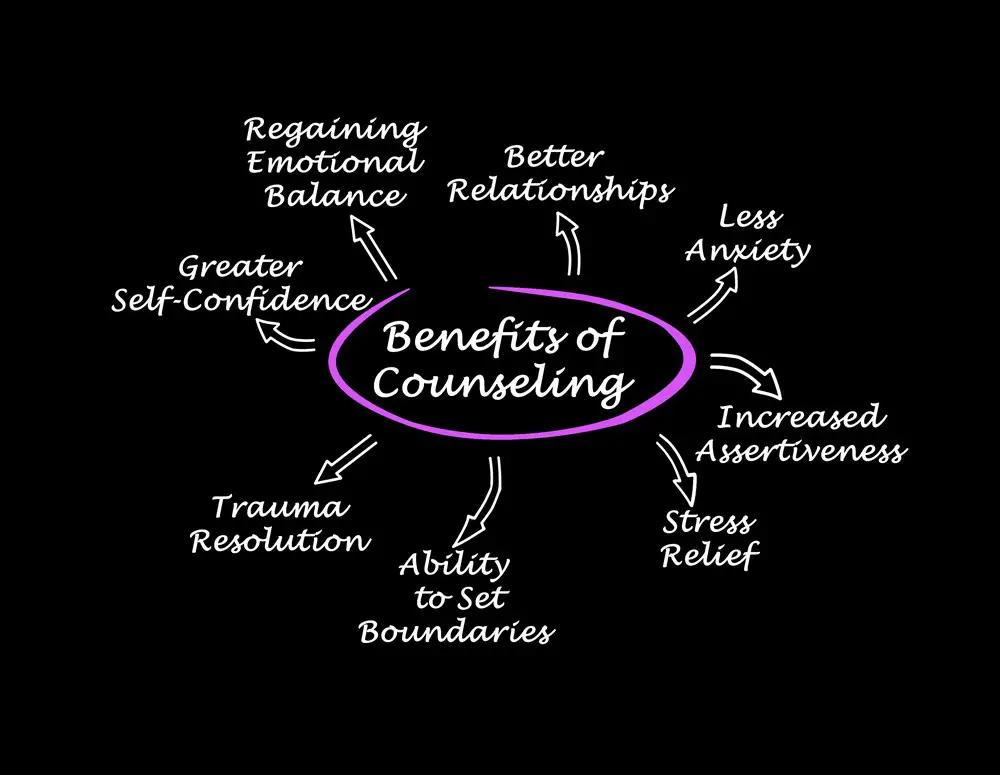
Treatment and Management
When it comes to high-functioning borderline personality disorder (BPD), treatment and management are crucial for leading a fulfilling life. These strategies are focused on alleviating symptoms and improving daily functioning.
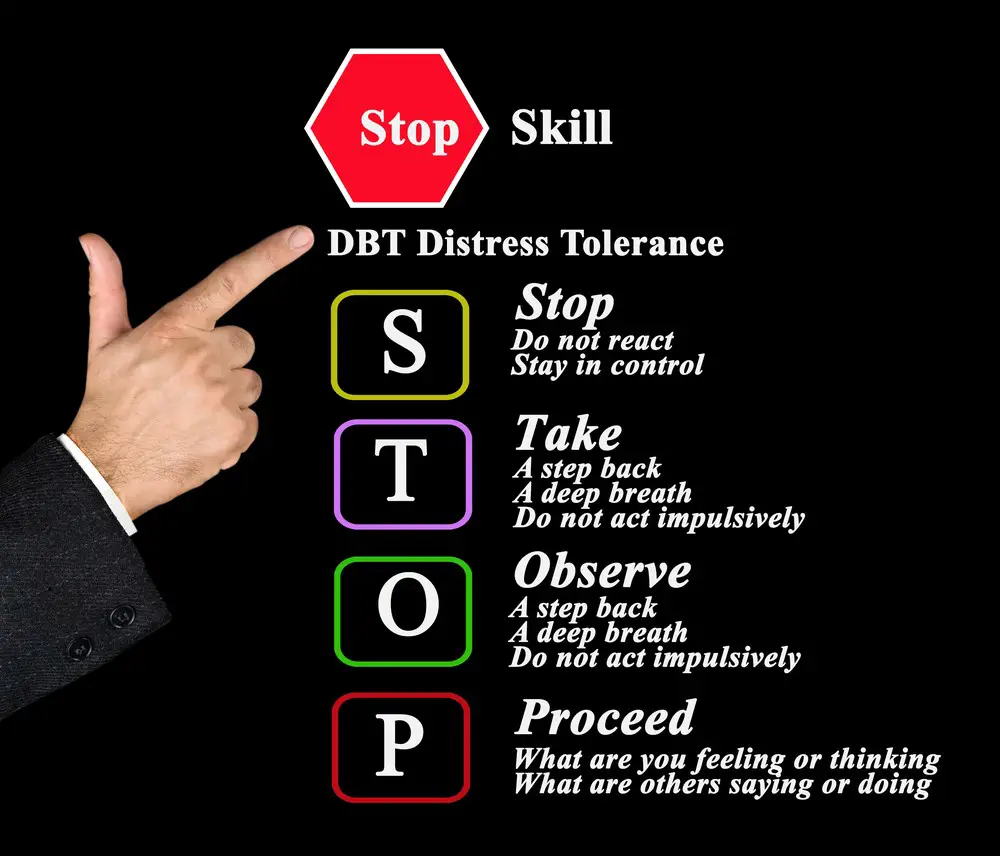
Therapy Options
Dialectical Behavior Therapy (DBT) plays a key role in treatment by emphasizing mindfulness and emotion regulation. It includes:
- Individual psychotherapy sessions
- Group skills training
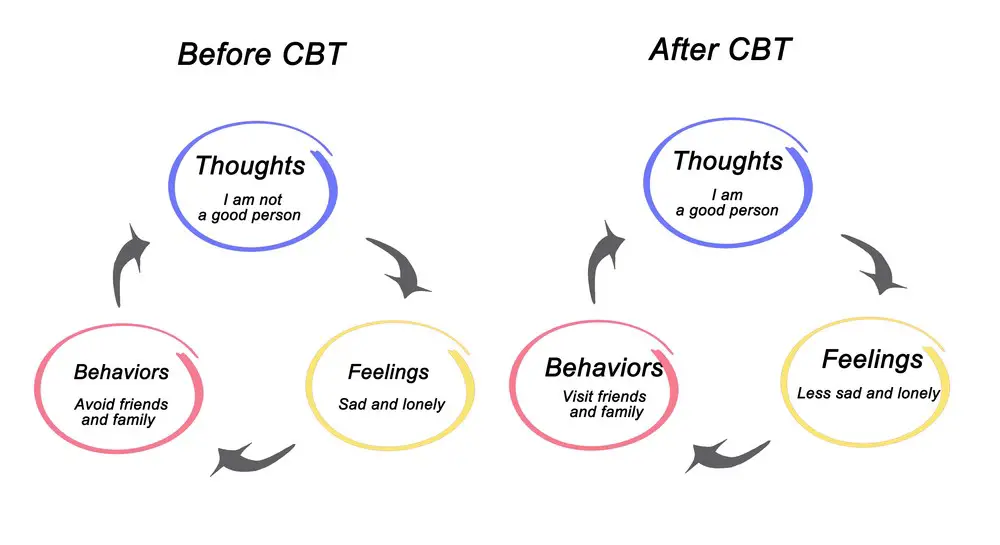
Cognitive Behavioral Therapy (CBT) addresses thought patterns and behaviors with the goal of:
- Reducing self-harmful behavior
- Improving mood stability
Key Takeaway: Finding the right therapy can greatly enhance your ability to manage BPD symptoms.
Medications and Side Effects
Medications are not the primary treatment for BPD, but can assist with specific symptoms. A psychiatrist might prescribe:
- Antidepressants for mood swings
- Antipsychotics for distorted thinking
Note: Side effects vary and can include weight gain, drowsiness, or sometimes agitation.
Key Takeaway: Medications may help, but monitoring for side effects is important for your health.
 Lifestyle and Coping Strategies
Lifestyle and Coping Strategies
Adopting healthy lifestyle choices and coping mechanisms can support therapy and medications. Strategies include:
- Mindfulness exercises for stress relief
- Regular physical activity for mood stabilization
- Adequate sleep for emotional regulation
Building a robust support network and maintaining a structured daily routine are additional pillars in managing BPD.
Key Takeaway: A balanced lifestyle enhances therapy and may lessen reliance on medications.
Living with High-Functioning BPD
Navigating life with high-functioning borderline personality disorder (BPD) means balancing everyday responsibilities with the unique challenges of a complex mental health condition. You can thrive in work, school, and personal growth with the right tools and understanding.
Workplace and Career
When managing BPD professionally, it’s essential to focus on consistency and emotion regulation.
- Communication Skills: Foster clear and empathetic communication with colleagues to ease potential social anxiety.
- Routine Establishment: Craft a workday routine that includes breaks for mental refreshment.
- Professional Support: Don’t hesitate to seek help from HR or a professional coach if you feel overwhelmed.
Key Takeaway: Prioritize your well-being to maintain professional health.
Education and Learning
Education can sometimes feel like a juggling act with high-functioning BPD.
- Time Management: Use planners and apps to manage assignments and deadlines.
- Accommodations: Investigate what academic accommodations might support your education journey.
Key Takeaway: Lean on available resources to foster a conducive learning environment.
 Building Resilience
Building Resilience
Resilience is your safety net. It helps you bounce back when you hit a rough patch.
- Self-Care Strategies: Regular exercise and mindfulness can improve mood and reduce stress.
- Healthy Relationships: Cultivate a support network that understands your need for connection and personal space.
- Continuous Learning: Stay informed about BPD to empower your decision-making process.
Key Takeaway: Strengthening your emotional toolbox can help you confidently navigate life’s ups and downs.
Advocacy and Support
Support and advocacy are crucial in managing high-functioning BPD. You have powerful allies and tools at your disposal.
Finding Support Networks
Finding strong support networks is a bedrock for dealing with high-functioning BPD. Here’s how you can connect:
- NAMI: The National Alliance on Mental Illness offers a wealth of resources and support groups.
- Online Communities: Platforms like Psych Central have forums for sharing experiences and advice.
- Local Support: Search for nearby groups via the Mental Health America website for in-person connections.
Key Takeaway: Joining a support network can significantly ease your journey by connecting you with others who understand.
Overcoming Stigma
Stigma can be a heavy burden, but overcoming it is possible with the right approach:
- Education: Use trustworthy sources like Mayo Clinic to inform others about BPD.
- Professional Voices: Therapists and psychologists can be your advocates, helping dismantle misconceptions.
- Personal Stories: Share your experiences when comfortable. It personalizes the condition and breaks down barriers.
Key Takeaway: Stigma loses power when you’re equipped with knowledge and the backing of professionals.
Future Outlook
With ongoing advancements in research and a growing understanding of mental health conditions, your future outlook if you’re dealing with high-functioning borderline personality disorder (BPD) has reasons for optimism. Now, let’s unpack what’s on the horizon in terms of research and how enhancing quality of life is at the forefront of these efforts.
Research and Developments
Significant strides are being made in the realm of mental health research, particularly concerning BPD. Key developments include:
- Deepening Understanding: Researchers are peeling back the layers of BPD, focusing on its neurobiological and environmental aspects to grasp its complexity better.
- Innovative Treatments: There’s a move toward personalized medicine that tailors treatment to your unique needs, accounting for the nuances of high-functioning BPD.
Key takeaway: The more researchers learn, the more tailored and effective treatment options become for you.
Improving Quality of Life
The ultimate goal of any treatment is to improve your quality of life. Here’s how recent and potential future advancements are targeting exactly that:
- Integrated Care Approaches: Combining different treatment options, such as therapy, medication, and lifestyle adjustments, offers you comprehensive support.
- Support Systems: Strengthening your network through community programs and online resources provides a bedrock of support crucial for day-to-day stability.
Key takeaway: An integrated, supportive approach means better daily living and long-term well-being.
Frequently Asked Questions
In this section, you’ll uncover insights related to the treatment and nuances of high-functioning borderline personality disorder (BPD), including its subtleties in relationships and parenthood.
How is high-functioning borderline personality disorder treated?
Treatment for high-functioning BPD often involves a tailored mix of therapy, such as Dialectical Behavior Therapy (DBT) and medication to manage specific symptoms. Remember, consistent treatment can vastly improve your quality of life.
What distinguishes high-functioning BPD from typical BPD?
High-functioning BPD can be harder to spot. You might hold a steady job and appear successful, yet internally, you’re experiencing the same intense emotions and challenges as those with more noticeable symptoms.
How can one recognize the less obvious signs of quiet BPD?
With quiet BPD, you might not display outward anger but instead direct negativity inward. Signs can include intense self-criticism or a persistent fear of abandonment that doesn’t visibly erupt.
What are some helpful resources or books for understanding high-functioning BPD?
Books like “I Hate You—Don’t Leave Me” by Jerold J. Kreisman can offer valuable insights. Additionally, resources such as BPD support groups provide not just knowledge but also community support.
How does high-functioning BPD manifest in parental roles, such as in mothers?
Mothers with high-functioning BPD may struggle to regulate emotions and fear being separated from their children. It’s crucial to seek therapy to navigate these feelings effectively.
What are the challenges in romantic relationships for someone with quiet BPD?
Romantic challenges often include fears of abandonment, sensitivity to rejection, and difficulties in communicating emotions. It’s important to foster open dialogue and establish trust in these relationships.
- How to Reduce Anxiety Immediately: Quick and Effective Techniques - February 15, 2024
- Can Stress Cause Bloating? Understanding The Link Between Stress And Digestive Issues - February 15, 2024
- The Best Time To Sleep: A Guide To Optimal Rest - February 15, 2024
This site contains affiliate links to products. We will receive a commission for purchases made through these links.


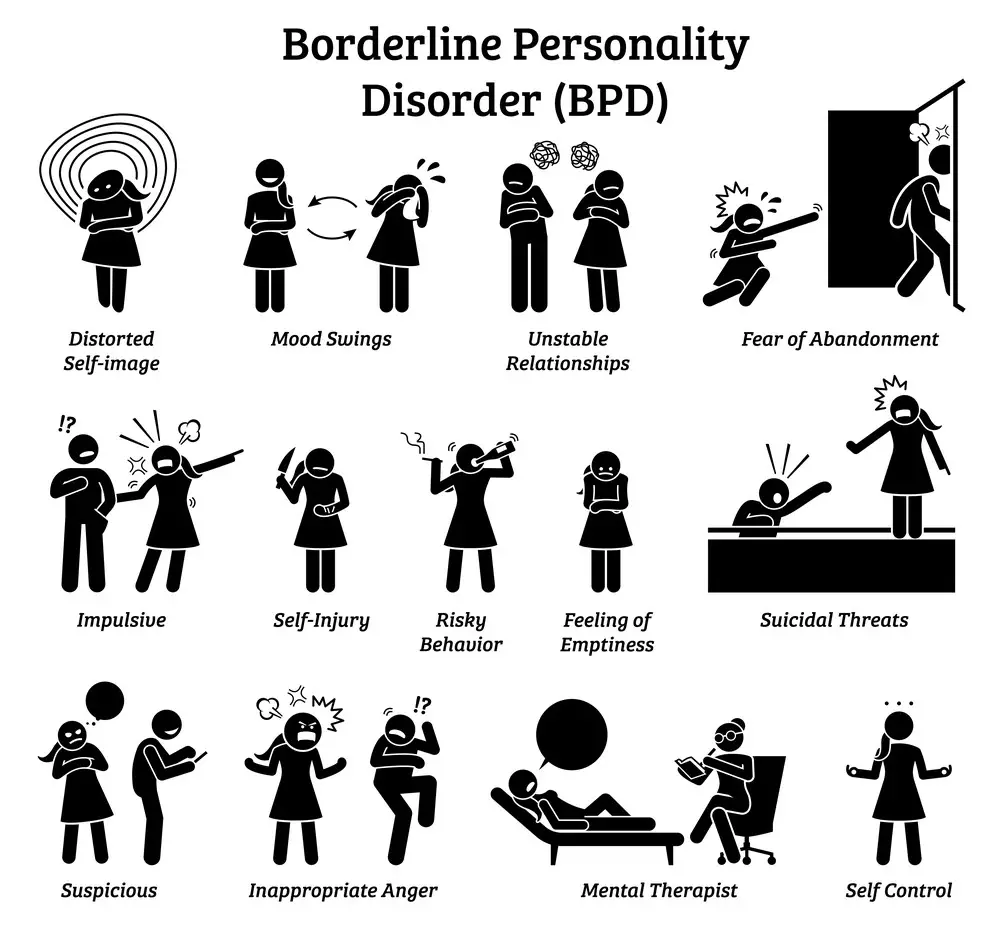 Understanding BPD
Understanding BPD BPD in Relationships
BPD in Relationships Anger and Irritability
Anger and Irritability Mental Health Screenings
Mental Health Screenings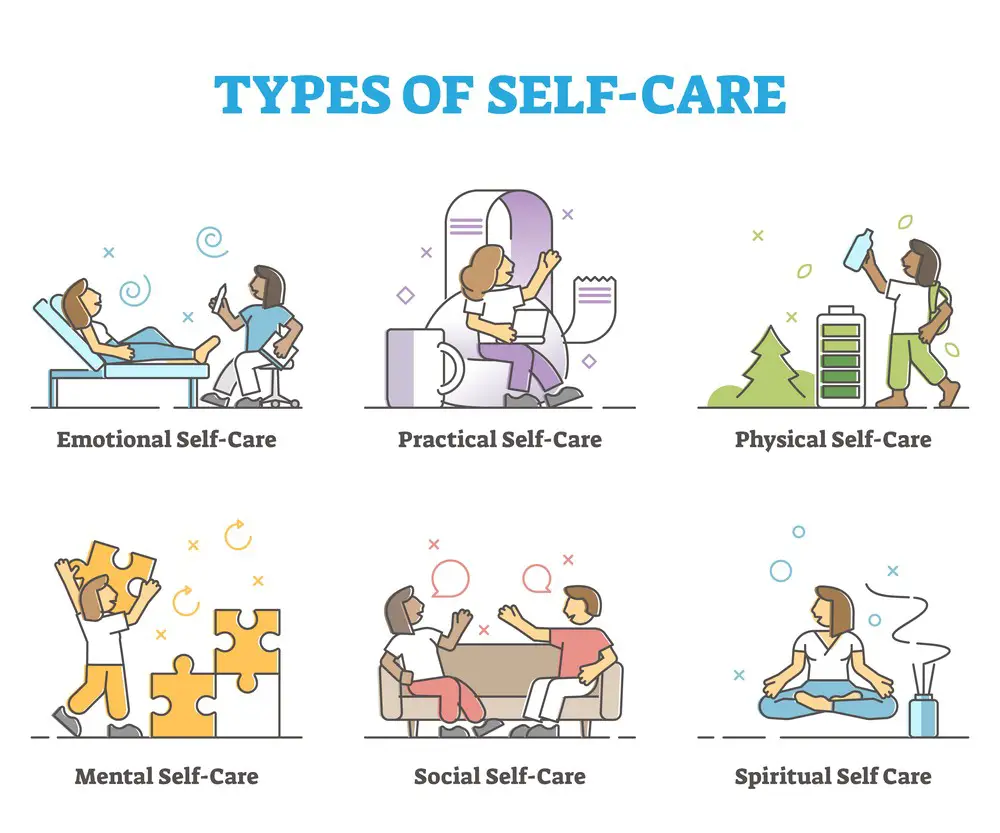 Lifestyle and Coping Strategies
Lifestyle and Coping Strategies
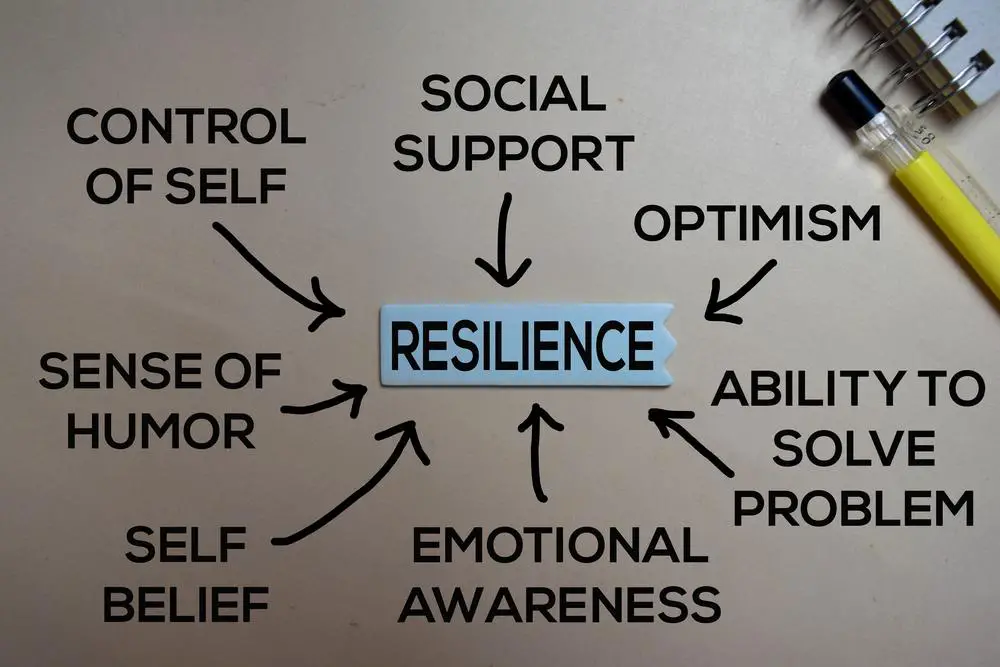 Building Resilience
Building Resilience

